Page 244 • (3,643 results in 0.048 seconds)
-
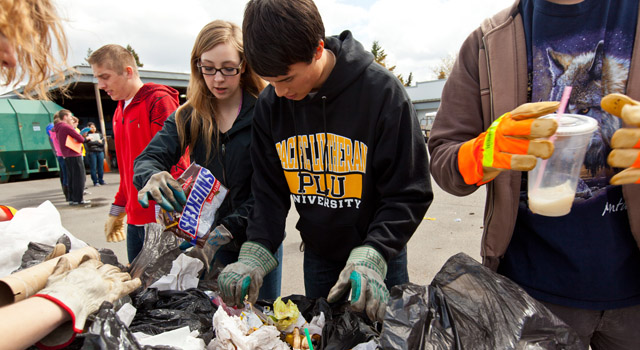
May 1, 2012 PLU students sort through garbage and learn how much of what is thrown away can be recycled. (Photos by John Froschauer) Student discovers sustainability, finds passion By Katie Scaff ’13 Like many students, Sara Patterson ’14 knew PLU was all about sustainability, but she didn’t know what sustainability really meant. Patterson came to PLU from a small town in Idaho and hadn’t learned much about sustainability or recycling, because “it was just never made into a big deal.” “When I
-
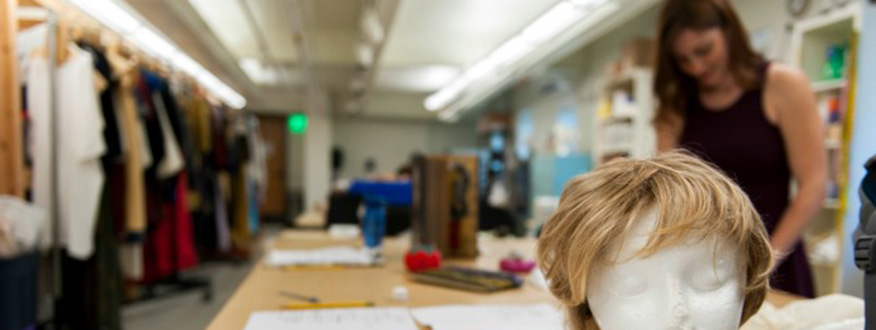
the world again,” Anderson says. “Having natural light is so much better. Sometimes I’ll take a break and just look out the windows at the view of the trees.” Now, rectangles of sunlight illuminate sewing machines, mannequins and labeled racks of tailored costumes as students pull needles through, or stand still while Anderson (right) tracks yellow measuring tape around an arm or a waist. The costume shop also has noted a rise in efficiency in the new space, in part due to Anderson’s involvement
-
the world again,” Anderson says. “Having natural light is so much better. Sometimes I’ll take a break and just look out the windows at the view of the trees.” Now, rectangles of sunlight illuminate sewing machines, mannequins and labeled racks of tailored costumes as students pull needles through, or stand still while Anderson (right) tracks yellow measuring tape around an arm or a waist. The costume shop also has noted a rise in efficiency in the new space, in part due to Anderson’s involvement
-
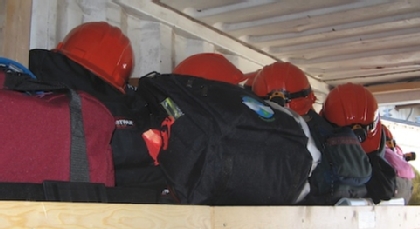
February 22, 2011 PLU first responders By Chris Albert Over the last year, Search and Rescue and Building Inspection teams have been training to be best prepared for an emergency. Last winter, a call out to the PLU community garnered several volunteers interested in joining the PLU Search and Rescue team. Those interested in volunteering for the Search and Rescue team should contact Emergency Program Manager Jennifer Wamboldt at ext. 6042 or by e-mail at wamboljm@plu.edu. The team, comprised of
-
January 25, 2008 Ambassadors spotlight climate change Growing up in Oregon, recycling was part of junior Kate Wilson’s everyday life.“It was the norm for me,” she said. “I was always passionate about it, but I never knew why recycling was important.” During J-Term, Wilson is among the 16 students involved in the Climate Change Ambassadors program. The group meets over dinner once a week to learn the facts about global climate change and devise creative ways to share that knowledge with the PLU
-
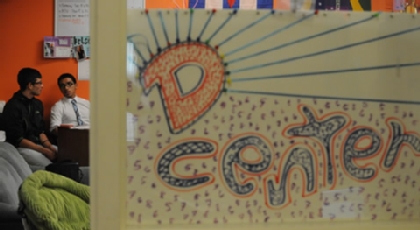
October 7, 2011 dCenter ’emerged’ as a resource for students, fun place to hang out For many, like senior art major Chelsea Putnam, PLU’s Diversity Center is a place to foster one’s individuality.“I really wanted to learn and gain my own individuality with this place,” said Putnam. Initially though, Putnam didn’t really understand what social justice was.“It was a culture shock for me,” Putnam said. “I came from a community that was a very small town. I lived in a very white Hispanic culture
-
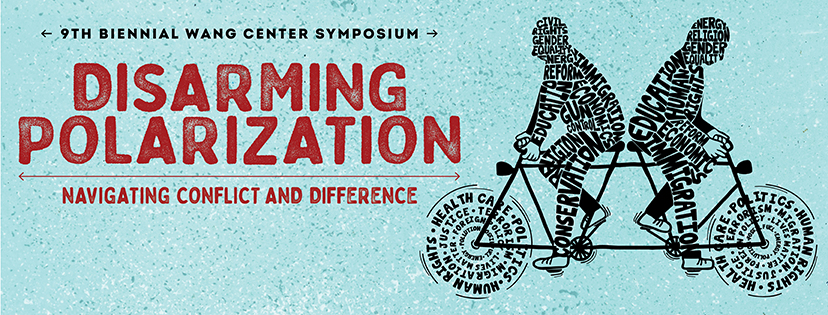
develop solutions to the world’s most pressing problems. These problems include but are not limited to: climate change, food and water insecurity, immigration, poverty, and income inequality, as well as ongoing large and small-scale conflicts resulting from strained relations among those of different races, ethnicities, religions, genders, sexual orientations and social classes. “A recent Gallup survey suggests that polarization negatively affects American’s community attachment and trust in others
-

get a more holistic education here compared to other schools. How are you able to create time for both athletics and academics in your schedule? Learning adequate time management skills was the number one thing that helped me find time for everything. While this meant early mornings and late nights, it helped me grow in my abilities to manage my priorities and get everything done. Do you see any connections between the work you do as a nursing major and your athletic involvement? Yes, I do see a
-
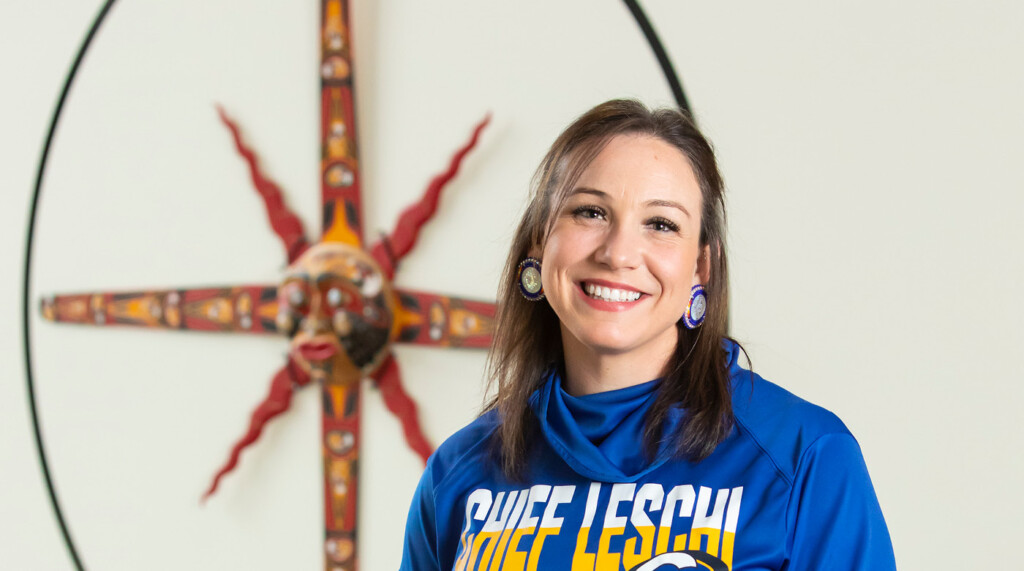
the best program. So she asked some of her colleagues.“Hands down, people told me, ‘Go to PLU. If you want people to remember where you’re from, and you want them to hold it in high regard, that’s where you go.’ So that’s where I went,” she says. During graduate school, Leavens was working full-time in Puyallup, WA at ReLife School, a co-op that draws students with social, emotional and behavioral disabilities from a number of local school districts. She was also a mom of three kids, who became
-
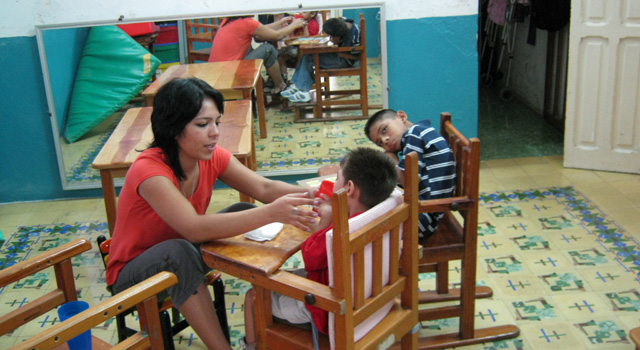
and Leadership at PLU, started his teaching career at the Frances Haddon Morgan Center, a state institution in Bremerton, which closed earlier this year. At the time, it served autistic children ages 3 to 13. “That was my first introduction really to teaching and being responsible for the instructional management of kids with those types of disabilities,” Williams said. . http://www.youtube.com/watch?v=iCaTNPMKwgQ Thirty-seven years later, Williams is still doing this work. “I’m still working with
Do you have any feedback for us? If so, feel free to use our Feedback Form.


